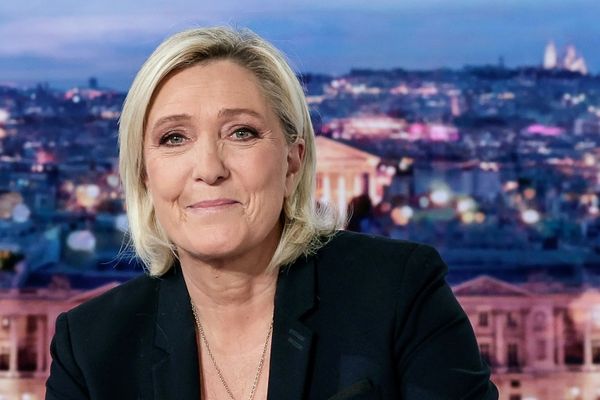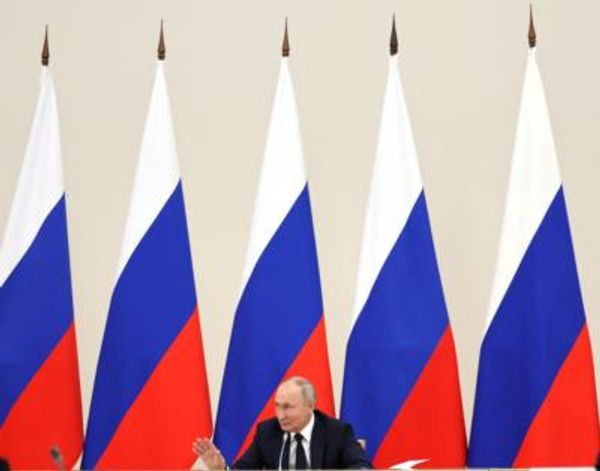
The ABC is among the first Australian news publishers to rule out paying for Twitter, as news executives mull whether a public signal of intent could see them suffer the same fate as The New York Times.
On Monday, Twitter removed the “verified” badge from The New York Times’ main Twitter account, reportedly at the order of CEO Elon Musk, as the company winds down its legacy verification program that traditionally gave verified checkmarks to the accounts of celebrities, journalists and notable organisations.
Once legacy verified users are stripped of their badges, only those who pay for the Twitter Blue program at a monthly cost of $13 will be eligible for verification, Twitter says. Organisations would be slugged more than $1000 a month for the service.
Management at the ABC, whose various Twitter accounts have about 3 million followers, was quick to wave away the idea entirely, as the broadcaster’s leadership team encourages staff to consider abandoning work-related use of social media altogether.
There were no plans “now or in the future” to pay for the service, nor to offer it as an expenses option to staff.
Australia’s two largest news publishers, Nine and News Corp, continue to consider their public positions, but are unlikely to pay up. (Nine declined to comment and News Corp did not respond to a request for comment.) The two publishers have more than 5.5 million Twitter followers between them.
Smaller publishers have largely held the same line. The New Daily, a news website with about 32,000 followers, says it’s monitoring the situation but “isn’t interested” in paying for a verification status that it has already “earned at no charge”.
The same was true for news organisations in the US, where The Washington Post, CNN and Politico have joined The New York Times in saying they will not pay for Twitter’s verification checkmarks, since the symbol is no longer a marker of credibility or authenticity given its wide availability. The Times said it will “in rare instances” reimburse staff for the subscription where it is “essential for reporting purposes”.
Musk’s move to strip verified users of their checkmarks is the Twitter CEO’s second attempt to get users to pay for the Twitter Blue subscription service after his US$44 billion takeover in October last year.
The first attempt came in November, but was swiftly abandoned after a wave of impersonation incidents stemming from verified accounts subscribed to Twitter Blue, most notably embroiling companies such as PepsiCo and the pharmaceutical giant Eli Lilly.
One account impersonating Eli Lilly posted a tweet promising free insulin, which in the US goes for hundreds of dollars a vial, sending the company’s share price into a tailspin. As a result, Twitter rolled out tiered verification badges in a range of colours signifying different categories of notability.
Notable organisations were branded yellow and their avatars squared at the edges, while government officials saw their verification badges turn grey. It is understood that grey checkmarks will not be affected by Twitter’s most recent attempts to disrupt verification across the platform.
In the face of Musk’s second attempt to migrate verified users to Twitter’s subscription service, which was scheduled to strip legacy verified users of their checkmarks from April 1, users waited for a day of judgment that never came.
As it stands, verified users of all stripes — either legacy or Twitter Blue subscribers — have been lumped together. Clicking a user’s verification badge once stipulated how the user secured their status, but now displays: “This account is verified because it’s subscribed to Twitter Blue or is a legacy verified account.”
It remains unclear whether the scheduled changes are part of an April Fools’ Day joke staged by Musk, as Twitter users in Australia woke to the cryptocurrency Dogecoin’s symbol in place of Twitter’s logo on the platform’s interface.
On Friday last week, Musk called on a US judge to throw out a US$258 billion racketeering lawsuit brought against him by a group of investors, who have accused him of running a pyramid scheme to jack up the price of Dogecoin by more than 36,000%. The investors allege Musk knowingly drove up the coin’s price over two years, even though he knew it was basically worthless. Musk’s lawyers call the suit a “fanciful work of fiction”.







